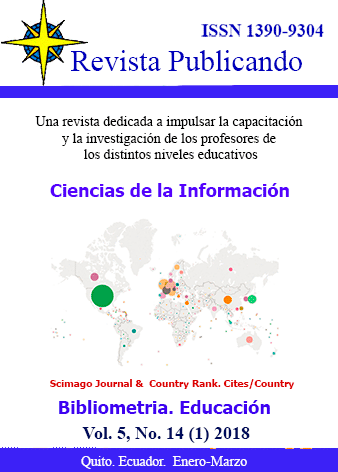Abstract
The aim of this study was to present a model of the relationship between coaches' misconduct and the progressive motivation of elite female athletes. The method of the study was a factor analysis and in terms of implementation, it was a field study. The population of the study consisted of all elite female athletes composed of two team-based and two individual sports including cycling and rowing who were invited to the national team camp in 2016. The total sample size of 190 athletes were selected. Data was collected using questionnaires including Bloorizadeh”™s examination of the experience of misconduct (2013), Lange and Frisch's progressive motivation (2006). Pearson correlation coefficient and regression analysis were used to predict the change and method of factor analysis, and T-test was used to examine the fitness of model and determining the effect was done by statistical softwares such as SPSS, Excel and SMART-PLS. The results of the study indicated that there were multiple relationships between the components of misconduct and the progressive motivation of elite female athletes. The components of misconduct explained the progressive motivation. Goodness of fit indices (NFI, SRMR), with their interpretation, showed that the model did not have a fairly suitable fitness and the indices should be interpreted with caution in SMART-PLS.
References
Afshar, Mansour (2014). The Relationship between Coaches' Misconduct and the Effectiveness with the Satisfaction of Elite Wrestlers of Alborz Province in Iran. Master's Thesis, Department of Sport Management, Azad University of Karaj Branch, No. 1, p. 15-3.
Alvani, Seyyed Mehdi (2002). General Management. Ney Publication, 10th Edition, Tehran, No. 2, PP. 102-110
Bloorizadeh, Padideh (2013). The Conceptual Model Test of the Causal Relationship between Coaches”™ Misconduct and Coach-Athlete Relationship and Perceived Effectiveness of Athletes of Sport Coaching. Ph.D., Management and Planning in Physical Education, Azad University of Tehran Branch, P. 10-24.
Hosseini, Rasoul (2011). The Relationship between Coaches”™ Leadership Styles and the Progressive Motivation of the Elite Judokas in Iran. Master's Thesis, Faculty of Humanities, Tarbiat Modares University, No. 4, PP. 120-121.
Abdollahi, Soheil (2012). The Relationship between Leadership Styles and Power Sources of Coaches with the Motivation to succeed in the Iranian Football Premier League. Master's Thesis, Department of Sport Management, Azad University of Karaj Branch, No. 5, PP. 143-146.
Fikret, S., İhsan, S., Laurenţiu, T. (2014). "The relationship between leadership style coaching behaviour and achievement motivation: a research in football players".Procedia - Social and Behavioral Sciences, 152, 7, No10, 421-425.
Hartill, M. (2005). Sport and the sexually abused male child. Sport Edu. Society, 10,No12, 287–304.
Ljungqvist, A., Mountjoy, M., Brackenridge, C, et al. (2008)." Consensus statement: sexual harassment and abuse in sport".Int J Sport Exerc Psychol. 6,No13, 442–449.
Lu, W. C., kuo, che-chun. (2016) ."Intership performance and satisfaction in sports: Application of proactive otivation model". Journal of Hospitality , Leisure, sport and Tourism Education, 18, No14, 33-41.
Sterling, A. and Kerr, G. (2012)." The perceived effects of elite athletes' experiences of emotional abuse in the coach–athlete relationship". International Journal of sport and Exercise Psychology.49,No15,1091–1099.
Stirling, A. E. (2009) (2007)." Definition and constituents of maltreatment in sport: establishing a conceptual framework for research practitioners". Br J Sports Med. 43,No16,1091–1099.
Vink, K., Raudsepp, L., Kais, K. (2015). Intrinsic motivation and individual deliberate practice are reciprocally related : Evidence from a longitudinal study of adolescent team sport athletes , Psychology of sport and Exercise , 16(30),1-6.
You are free to:
Share — copy and redistribute the material in any medium or format.
Adapt — remix, transform, and build upon the material.
The licensor cannot revoke these freedoms as long as you follow the license terms.
Under the following terms:
Attribution — You must give appropriate credit, provide a link to the license, and indicate if changes were made. You may do so in any reasonable manner, but not in any way that suggests the licensor endorses you or your use.
NonCommercial — You may not use the material for commercial purposes.
ShareAlike — If you remix, transform, or build upon the material, you must distribute your contributions under the same license as the original.
No additional restrictions — You may not apply legal terms or technological measures that legally restrict others from doing anything the license permits.
